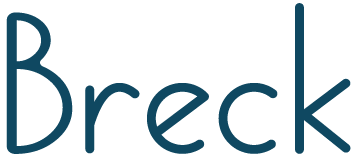
Strategic Communications: Why Your Messaging Shouldn’t Be About You (Part 3 of 3)
You’ve developed strategic goals that underpin your communications and marketing strategy. You’ve researched your audience and their demographics, roles, and needs. Now all you have to do is craft messaging.
Easy, right?
Not so fast! You’ve laid the foundations for effective messaging. However, to craft messaging that reaches your audience and addresses their needs requires extra steps and understanding. In the last of our three-part series on strategic communications, we’ll explain what messaging means and why it’s important to keep the focus on your audience.
What Is Messaging?
To begin, let’s define what we mean by “messaging” in the first place. Messaging is not the same thing as website content, slogans, or brochure copy. Instead, messaging is something bigger: the overarching concept that informs your communications.

For a company in the B2B, B2C, or B2G realm, your messaging can focus on:
- Your brand: the unique essence of your company
- Your products or services: the value and benefits they offer
- Your solution: what problem does your product or service solve?
For a nonprofit or government agency, your messaging might instead focus on:
- Brand: branding doesn’t just apply to the private sector. Your organization is unique and your messaging and design should differentiate you.
- Awareness: your issues, causes, or mission
- Solution: the needs or problems that your organization addresses
It’s Not About You
Here’s the tricky part when it comes to crafting strategic messaging about your company: the most important things you say are not about your company.
And this applies to government agencies or nonprofits as well. Your messaging is about your audience. Why should they care and what does that mean in practice? It means a subtle but important change in orientation. Here are some ideas to get you started:
- B2B Software Company: Instead of focusing on the product and its features, pivot toward how your customers and their businesses will benefit from those features.
- Federal Contractor: Instead of focusing on why your company is unique or the experience of your founders, emphasize the solutions your offer to clients and the value you offer to partners.
- Government Agency: Instead of simply stating your mission, focus on the problem that your services or information solves for your audience.
- Nonprofit: Instead of focusing on the issue itself, focus on making your audience care about the issue – and understand how your organization helps.
Our infographic offers examples of how messaging can be reoriented toward the needs of your audience.

The Pivot
- Website content
- Blog posts
- Social media
- Tagline and ad copy
- Product sheets and brochures
- FAQs
- Videos
- Proposals
- Emails
- Sales pitches
Strategic communications is a journey that starts with goals and true audience understanding. It leads to messaging aimed squarely at your audience, messaging that should be woven into all of your communications. But that’s not the end of your journey – messaging should be constantly refined over time as your understanding improves and your goals change.
The results: more engagement, more sales, more awareness, and more growth.
